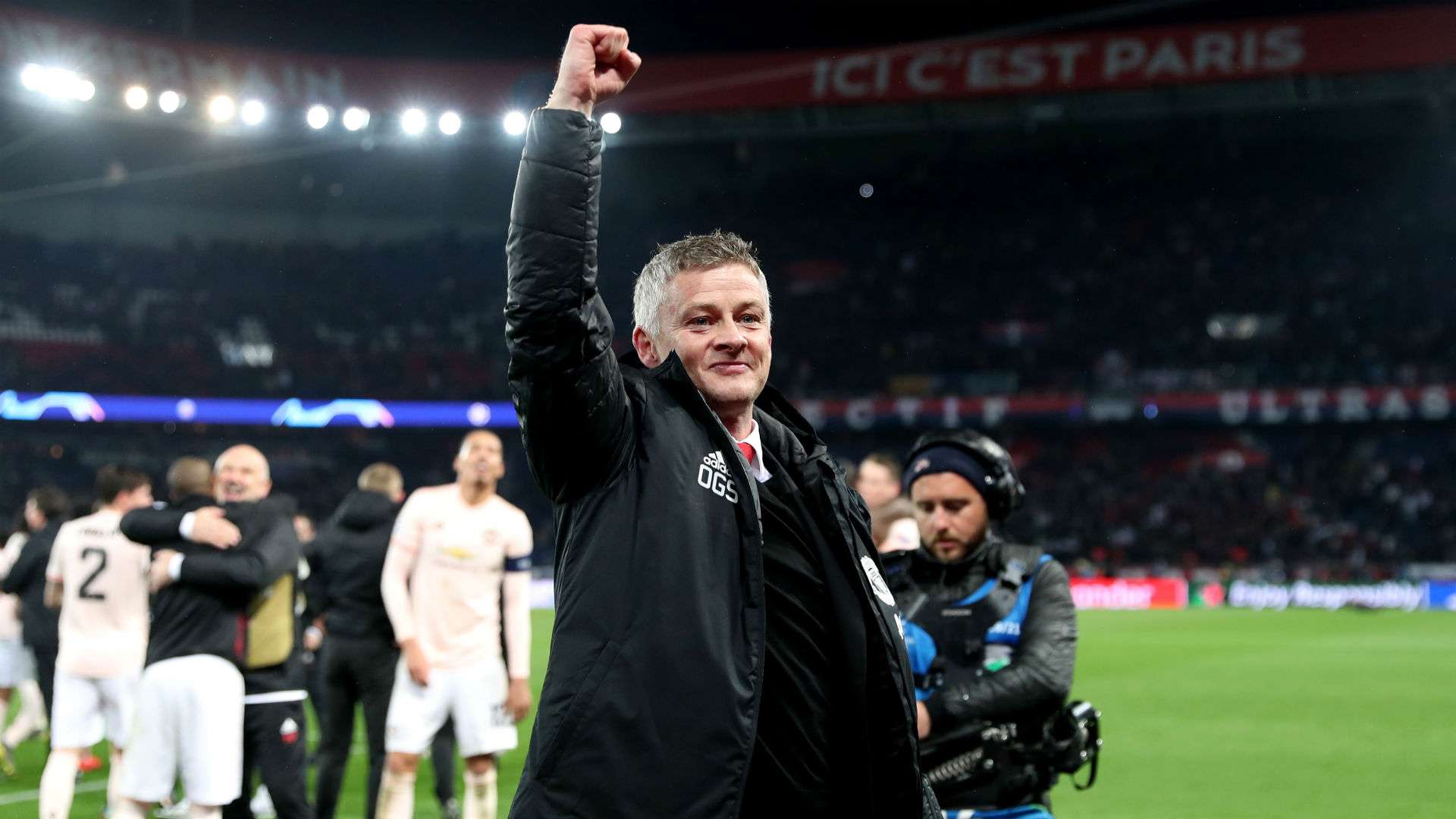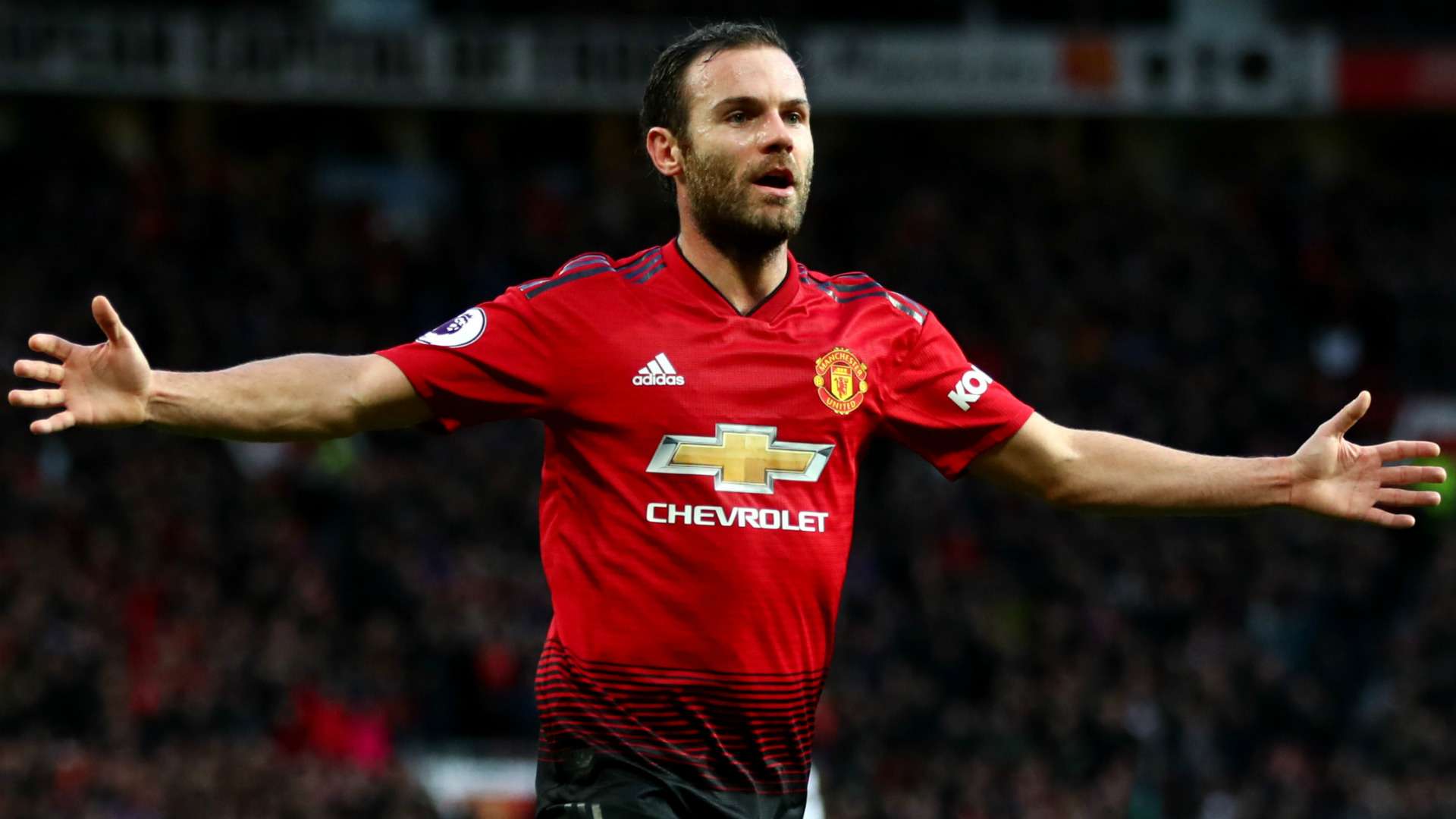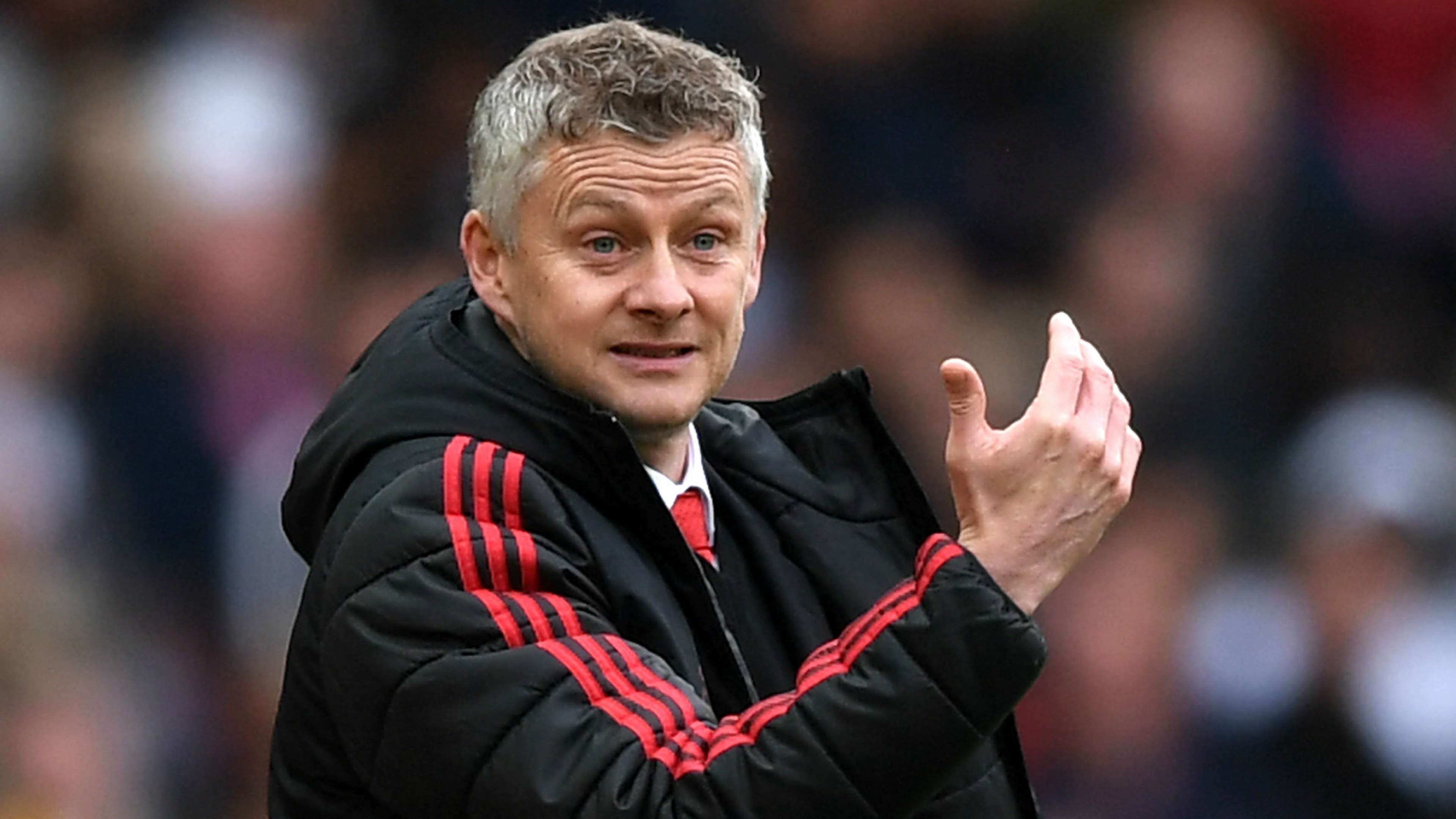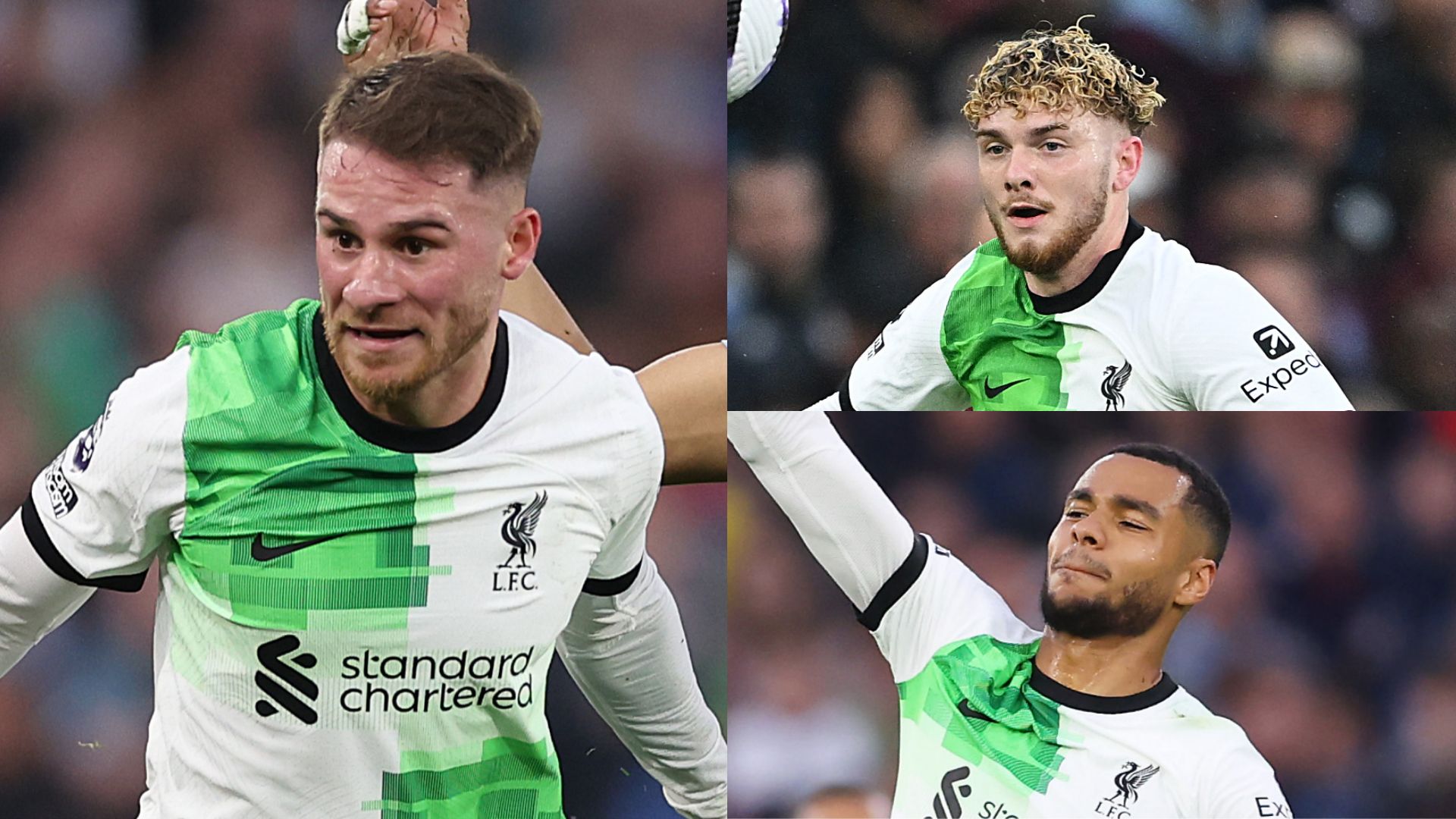When Ole Gunnar Solskjaer summons the spirit of 1999 – and the nation groans – he is not simply hoping to inspire with the memory of Sir Alex Ferguson’s achievements, he is attempting to copy his former gaffer’s management techniques too.
Ferguson didn’t openly indulge in the idea of an historic aura at Old Trafford but his coaching style nevertheless prioritised feeling over strategy.
For Ferguson, matches were primarily won by force of will and in individual battles, through psychological readiness rather than the abstractions of a wider tactical system.
This is why Solskjaer has worked so hard to cultivate an aura around the Manchester United badge and why his initial success as caretaker manager was defined by a burst of energy that seemed to originate from a renewed sense of self-belief.
In cobbling together memories of former glory, Solskjaer is trying to emulate the defining image of the Ferguson years: the sight of a siege of red shirts pinning their opponents back, wave upon wave creating a sense of inevitability at the self-styled 'Theatre of Dreams'.
Next Match
Belief in the power of believing has, thus, dominated Solskjaer’s first few months in charge.
However, tactical strategy has never been as important as it is today. The financial disparity between a club of United’s size and the majority of their opponents means the territorial lines are automatically drawn near the edge of the penalty area.
To battle through the Testudo shell requires extraordinarily complex tactical strategising, the crucial weapons being counter-pressing and swirling possession – both of which result from systems training, not sheer willpower.
An inability to fine-tune United’s attacking rhythms was arguably the catalyst of Jose Mourinho’s downfall, his creaking defence and aggressive management style concerns that developed out of United’s hesitancy in the final third.
No wonder: Ferguson, Mourinho’s idol, similarly championed collective steel and individual creativity. Football has changed. This is no longer enough.
 Julian Finney
Julian Finney
Simply wanting it more or arriving first to the ball – as Roy Keane and Graeme Souness have argued on TV this last week – speaks to a time far simpler than our own.
The ebb and flow of Solskjaer’s opening four months reads as an overture for the Premier League’s evolution in the six years since Ferguson’s retirement: an initial crescendo of self-belief and technical quality; a gradual shrivelling into defensive formation to acknowledge the importance of tactical nous; and then a collapse into meandering disarray against tactically astute opposition.
Or: thrashing Bournemouth with Paul Pogba in control; holding out under siege against Tottenham; and then falling apart at Everton.
Not that Solskjaer is devoid of tactical faculties, and indeed it is his early experimentation with attacking structures that offers the route out of their current malaise.
There is a way to merge Ferguson’s aura with a tactical approach befitting a modern super-club, and hints of the direction they should take over the summer could be found not only in Solskjaer’s first few matches in charge but also the 1-1 draw with Chelsea last time out.
The arc of his first half-season has been neatly bookended by similar(ish) performances by Jesse Lingard in December and Juan Mata on Sunday, albeit the latter’s influence only brief as United’s Mourinho-inspired fitness levels led to that whimpered second half.
Both players have unusually high positional intelligence and can be seen constantly seeking space between the lines, demanding the ball from their team-mates after sneaking on the blind side of midfielders to create the angle for a pass.
Lingard and Mata will do this two to three times per minute and while most of their movements, often off-camera, go unrewarded it is difficult to quantify the value of such frantic, space-invading energy.
What these two essentially offer United is an individual tactical intelligence that, in bursts, acts as a decent substitute for a nuanced collective appreciation of how to swarm and recycle, how to enact the Guardiola trick of playing Rondos on a full-size pitch.
 Getty Images
Getty Images
Neither player made headlines, but by maintaining such a high tempo and by pulling the opposition around they helped enforce United’s psychological dominance in those opening wins, as well as create room for a swashbuckling Pogba to flourish.
During his first six weeks at United it seemed that Solskjaer was actively favouring this kind of player, with Ander Herrera – also positionally astute – a mainstay alongside Lingard.
A narrow 4-3-2-1 was the most common system with Lingard and Mata or Anthony Martial operating as inside forwards, flitting around to create endless triangles in the number ten space.
The knock-on effect of playing with high-energy inside forwards was drawing the opposition inwards and therefore creating space for marauding Fergie-esque full-backs.
Luke Shaw, and then (briefly) Diogo Dalot, looked rejuvenated peppering the box with crosses, and yet this, too, could not last.
One theory is that the quality of United’s centre-backs forced Solskjaer to limit his full-backs, which in turn meant those narrow attacking lines were ineffective without the balance of width.
But that’s only half the story, because in truth Man Utd simply didn’t have the legs to keep it up.
A backs-to-the-wall 1-0 victory at Spurs in January would prove to be an omen of things to come – of a new cautiousness and bluntness that slid eventually into low self-esteem.
For Solskjaer to recapture that winter form he needs a summer of serious conditioning.
Beyond that, clearly many of the flaws at United go back to some of the basic principles of football: they need commanding centre-backs, they need a leader in the dressing room, and they need a director of football who can stop the chaotic lurch between managerial styles and their accompanying eclectic transfer policies.
 Getty Images
Getty Images
Should these basic targets be met, the bigger challenge for Solskjaer is to fuse the psychological power their recent history can generate with a nuanced tactical application that acknowledges the intricacies of the modern Premier League.
That will require some tough decisions.
Pogba, for example, is a relic of a bygone era, a footballer whose essential individualism on the field belongs to a time when one-on-one dominance was enough to push the ball into the net.
A move to Real Madrid would suit all parties, Zinedine Zidane’s reign at the Bernabeu being oddly defined by Galacticos rising at key moments – by heroism in the cups rather than sustained form in the league.
Conversely, Mata and Herrera, in particular, must be convinced to stay; Dalot, Fred, and Matic deserve time; and Solskjaer must hunt for an attacking right-back and an inside forward to replace Alexis Sanchez.
Man Utd’s recent slump might have revealed the sheer scale of the rebuilding job this summer, but it should not be forgotten that Solskjaer’s initial success also revealed the direction the club can take.
Raise their fitness and sign the right kind of intelligent, space-creating players and Solskjaer’s obsession with the past could still inspire a brighter future.
Whether he has the tactical expertise to move out of Ferguson’s shadow is the only question that should concern United fans.
How he spends the summer will provide a conclusive answer.





.jpg?auto=webp&format=pjpg&width=640&quality=60)
.png?auto=webp&format=pjpg&width=640&quality=60)